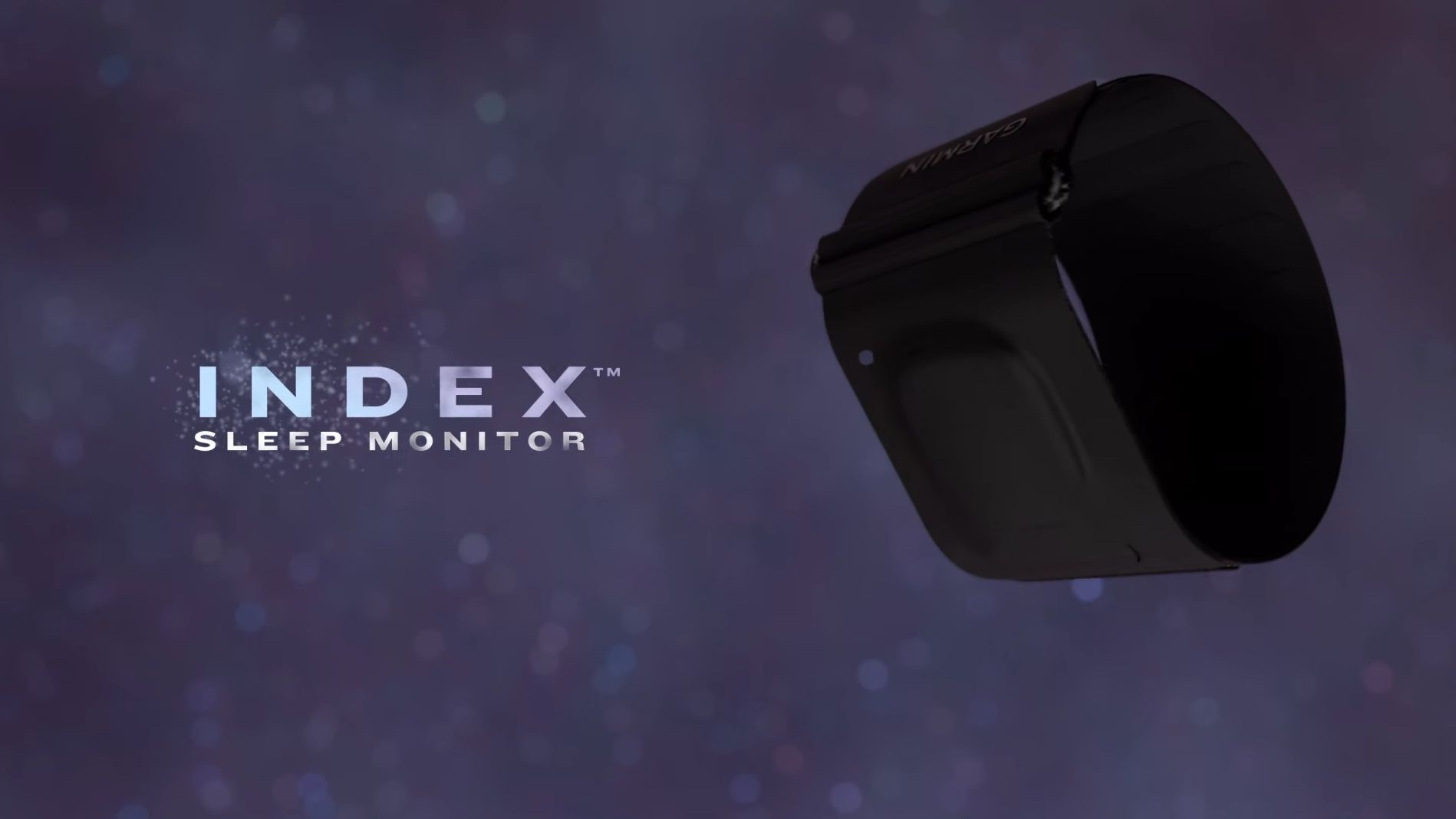
Hello from the tech desk—where comfort and smart recovery unite. Today, we’re diving deep into Garmin’s newly announced Index Sleep Monitor, an upper-arm, screenless band designed to revolutionize overnight tracking without disrupting your sleep or smartwatch ecosystem.
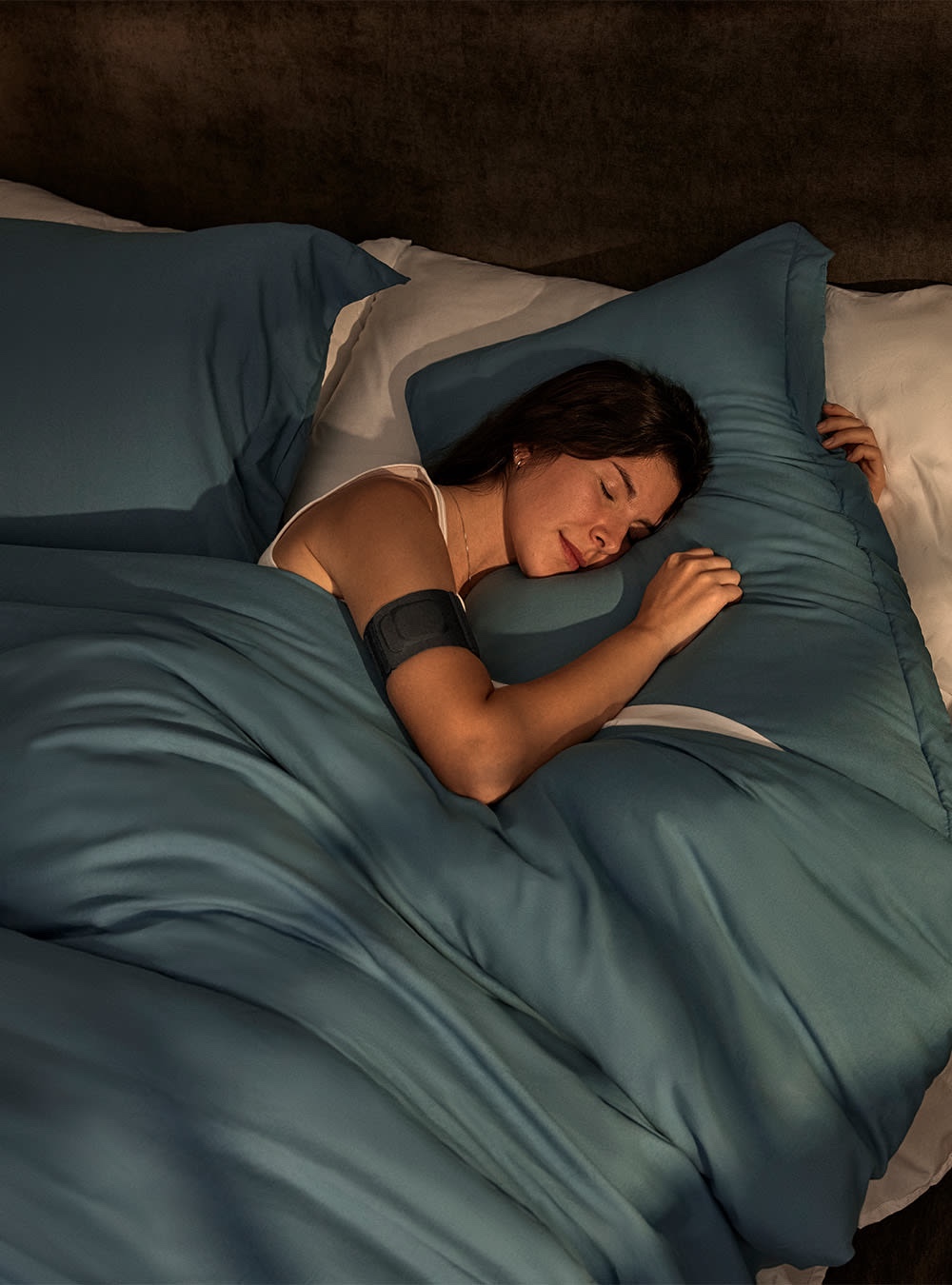
What It Is & Who It’s For
This sleek armband is built for Garmin users who ditch their watch at night but crave full recovery insights. It targets athletes, wellness enthusiasts, and anyone seeking in-depth sleep metrics without smartwatch bulk.
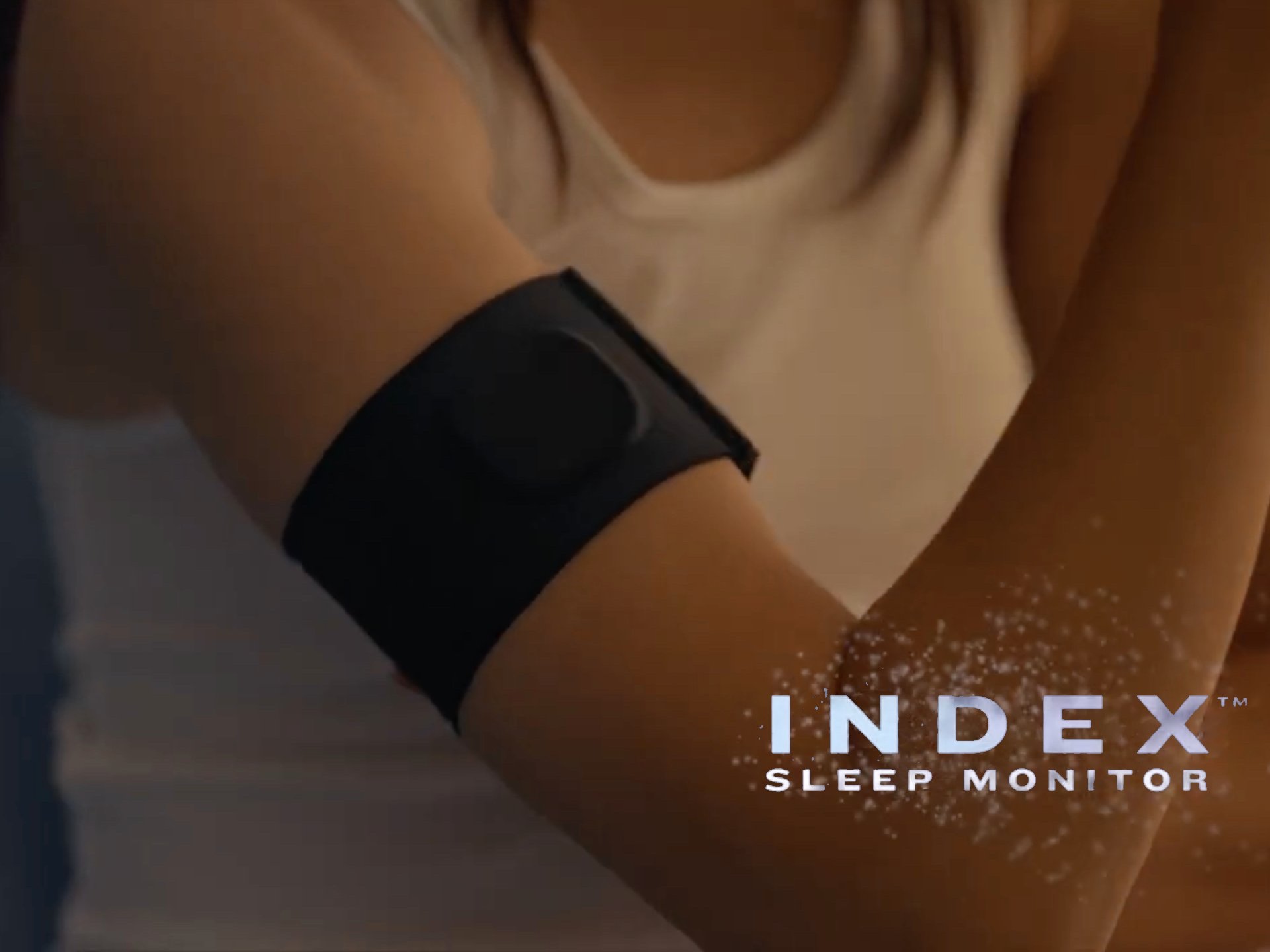
Key Specifications
• Device type: Screenless upper-arm sleep band
Sizes:
• S–M: 326 × 63.5 × 0.55 mm, 15.8 g
• L–XL: 452 × 63.5 × 0.55 mm, 20 g
• Removable module: 41.7 × 37.6 × 7.8 mm, 14.5 g
• Construction: 70 % nylon, 30 % spandex band—machine-washable once the pod is removed
Sensors include:
• Optical Elevate Gen 5 heart rate (HR & HRV)
• Pulse oximetry (SpO₂ for breathing patterns)
• Accelerometer (motion and respiration tracking)
• Skin temperature monitoring
• Tracks: Light/deep/REM sleep, sleep score, respiration rate & variations, HR/HRV, SpO₂, skin temperature, Body Battery, stress levels, menstrual cycle + ovulation insights
• Smart wake: Gentle vibration during light sleep for optimal wake-up
• Connectivity: Bluetooth 5.0; sync via Garmin Connect app; data also visible on compatible Garmin watches
• Battery life: Up to 7 nights; reviewers report up to 8–9 nights
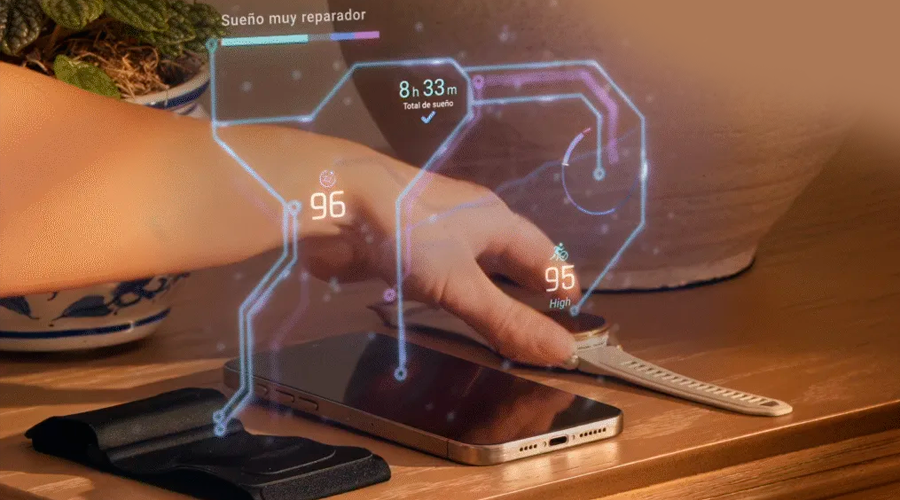
In-Depth Look
Usage Flow
Slide the band onto your upper arm before bed, remove the module in the morning, then open Garmin Connect to initiate syncing. If paired with a Garmin watch, overnight data fills Body Battery and Training Readiness gaps. Sync starts when the app is active and the device disconnected for the day.
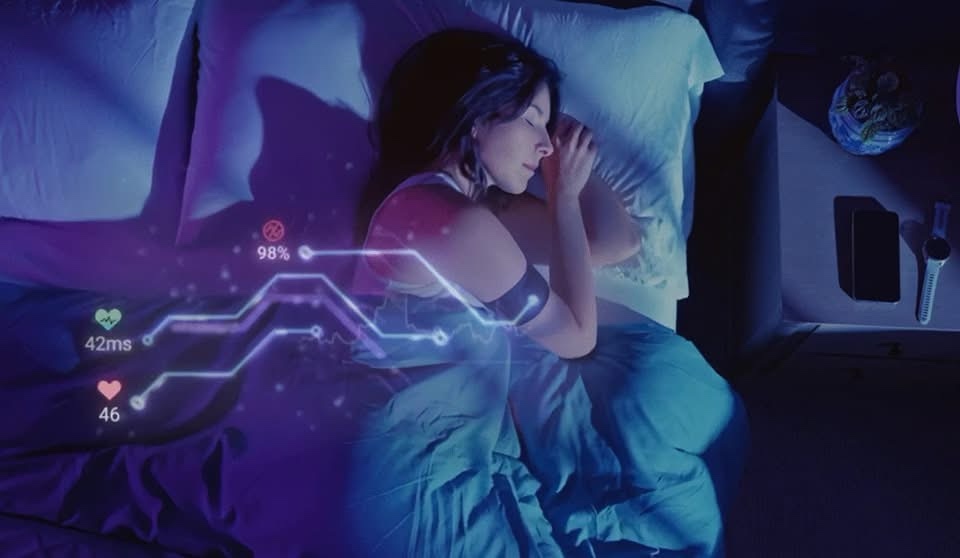
Comfort & Design
The nylon‑spandex blend is soft, breathable, and lightweight—unlike traditional wrist tech, it blends with sleepwear. The snap-in module stays secure, yet removes effortlessly for washing. One tester noted it felt “like fabric, not a device.”
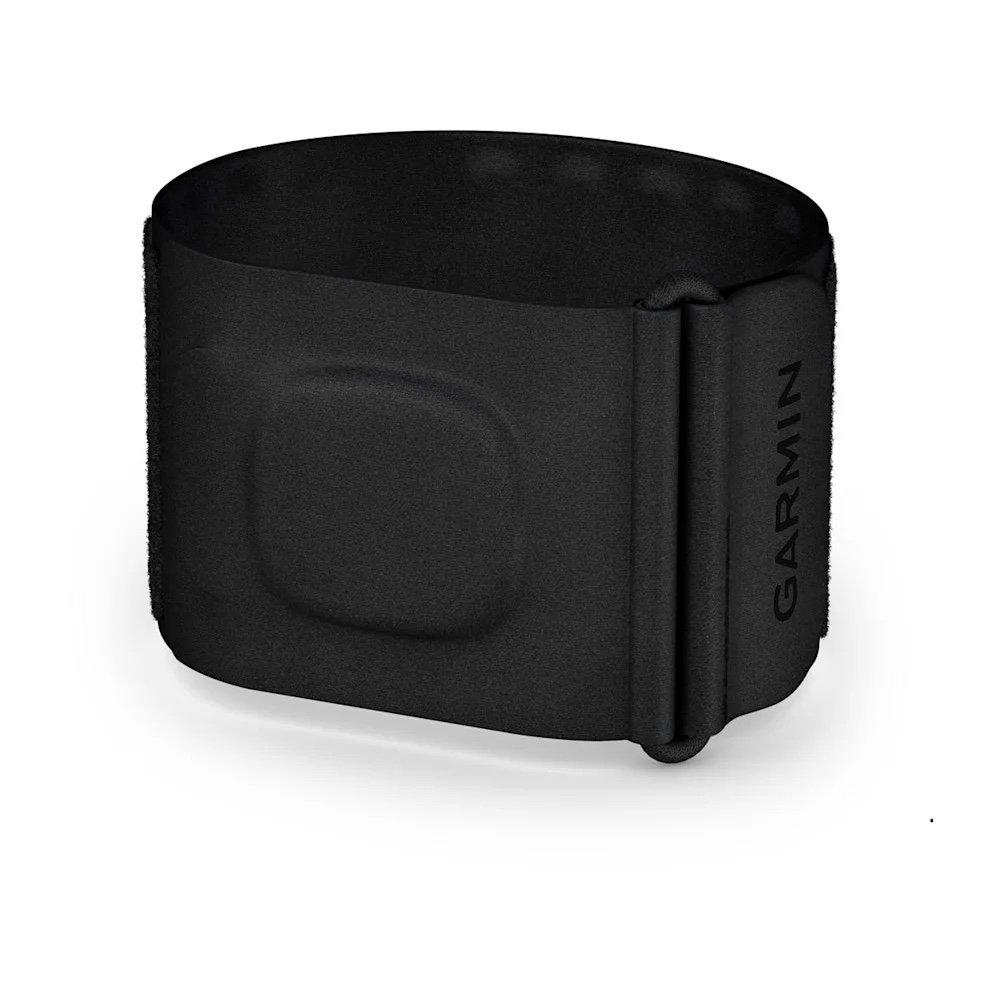
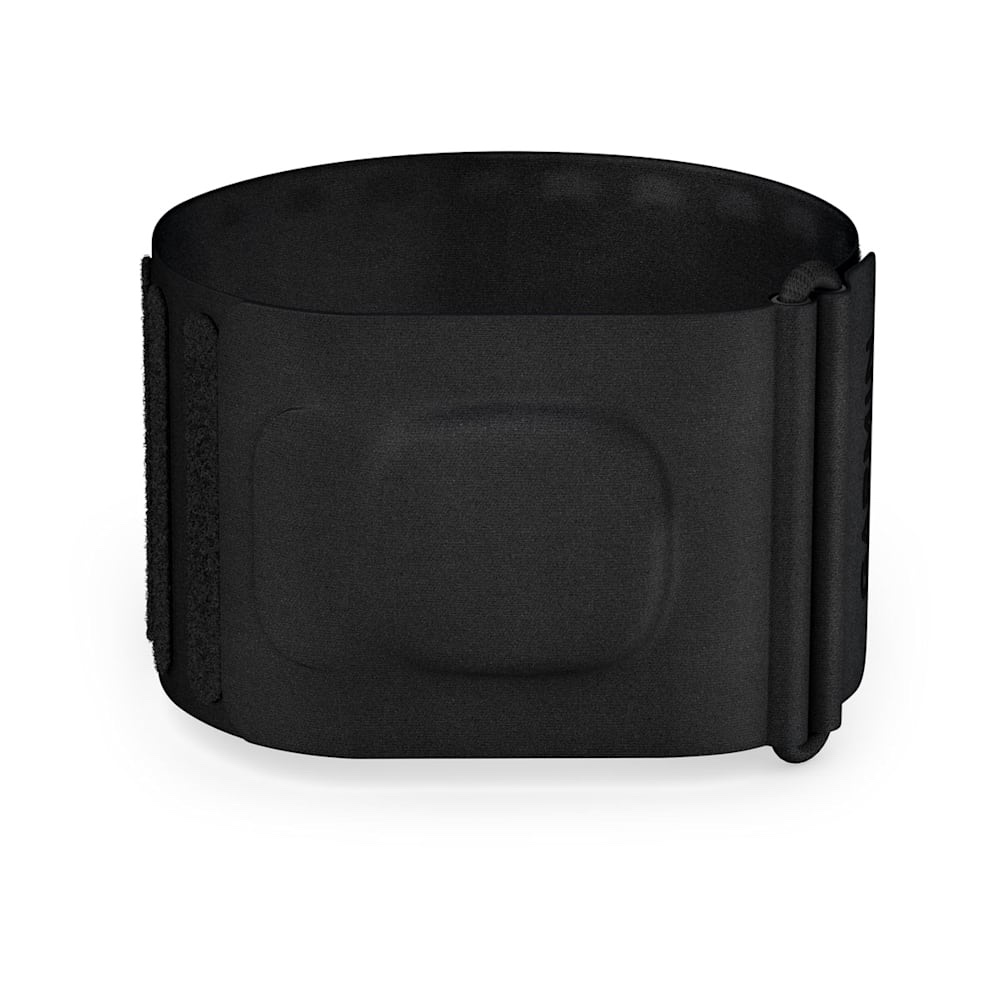

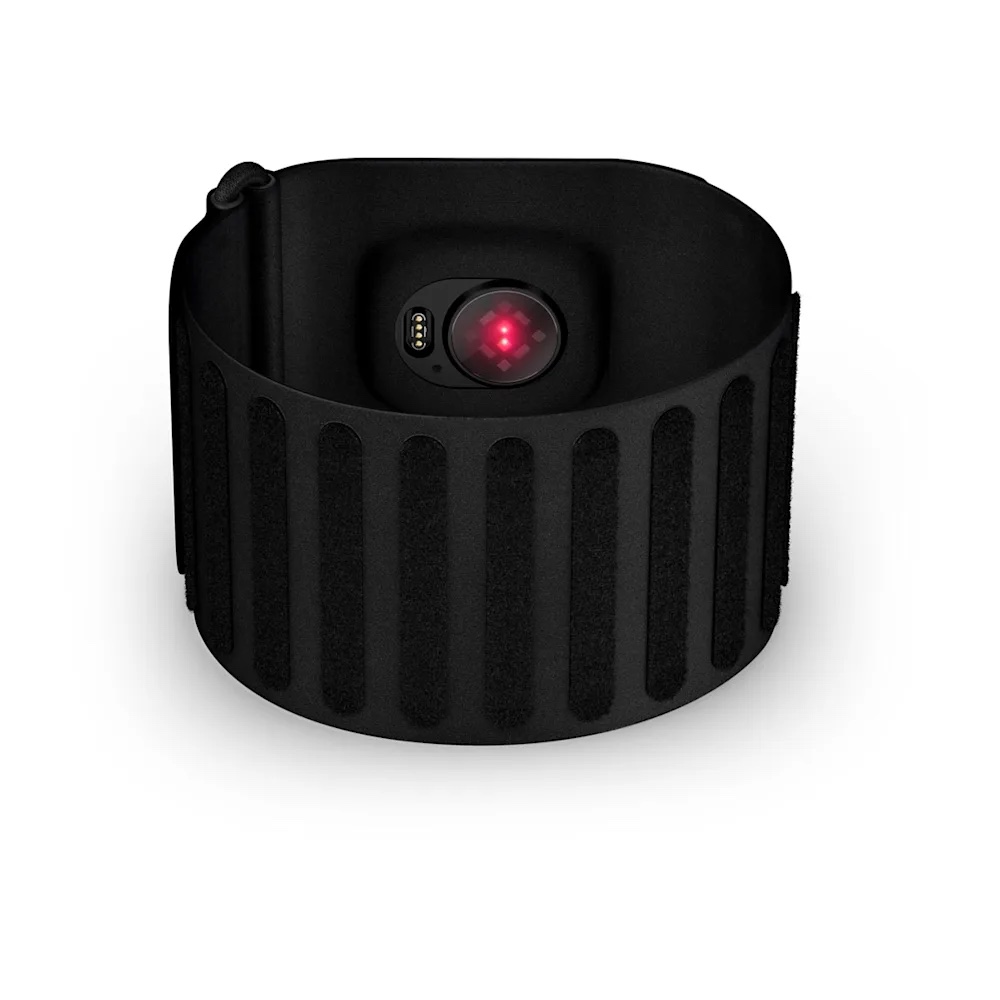
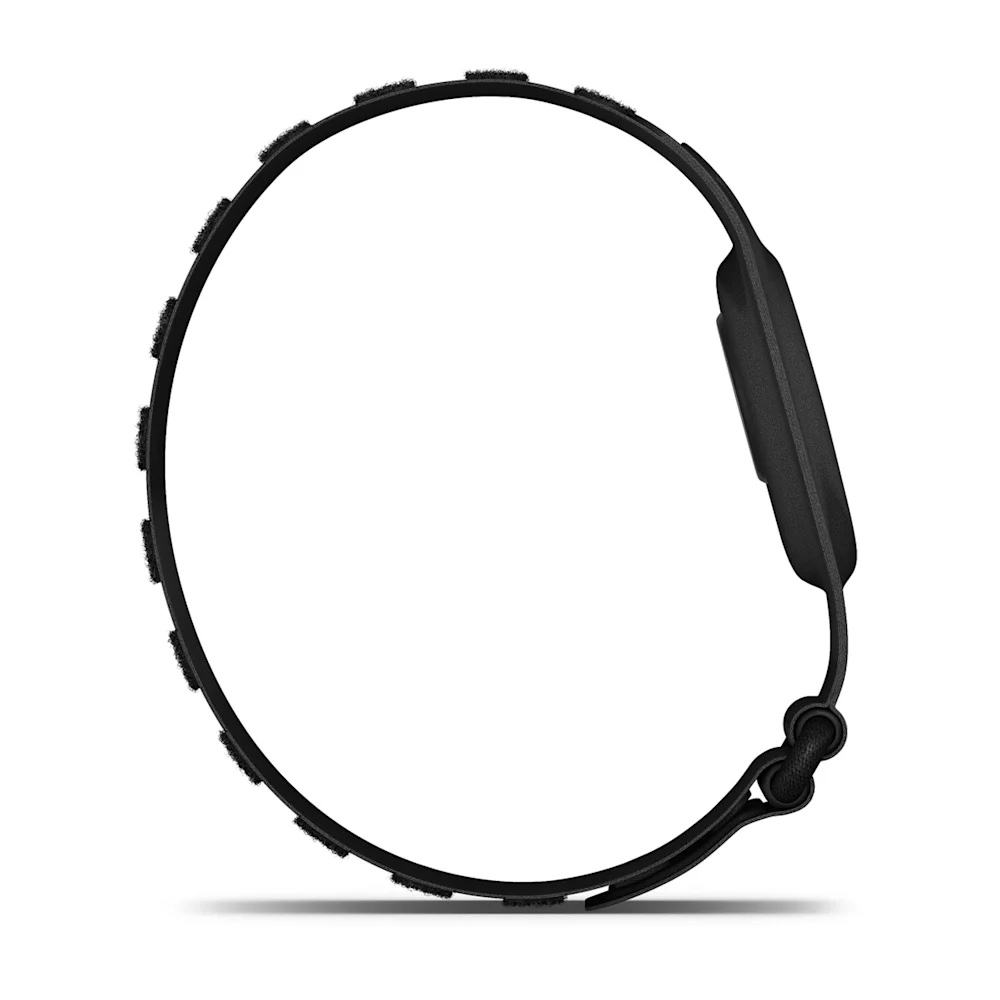
Performance Highlights
While still announcing, the Index is said to record respiration shifts and temperature variations that signal illness or menstrual highs. It tracks nine metrics—including stress levels and HRV—offering a detailed sleep score every morning. Battery life hits upwards of a week even with nightly use.
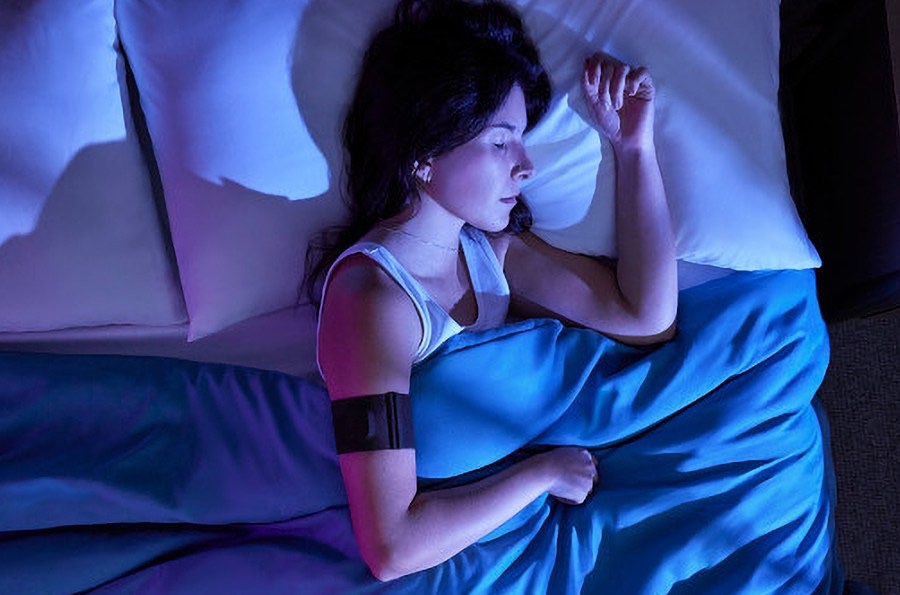
How It Stacks Up
• Whoop 5.0 – Subscription-based analytics; Garmin wins on one-time cost and no monthly plans.
• Polar sleep band (soon) – Cheaper but lacks Garmin’s tested ecosystem integration.
• Garmin smartwatches (Venu/Fenix/Vivoactive) – Offer screens & 24/7 tracking but are bulky at night and need daily charging.
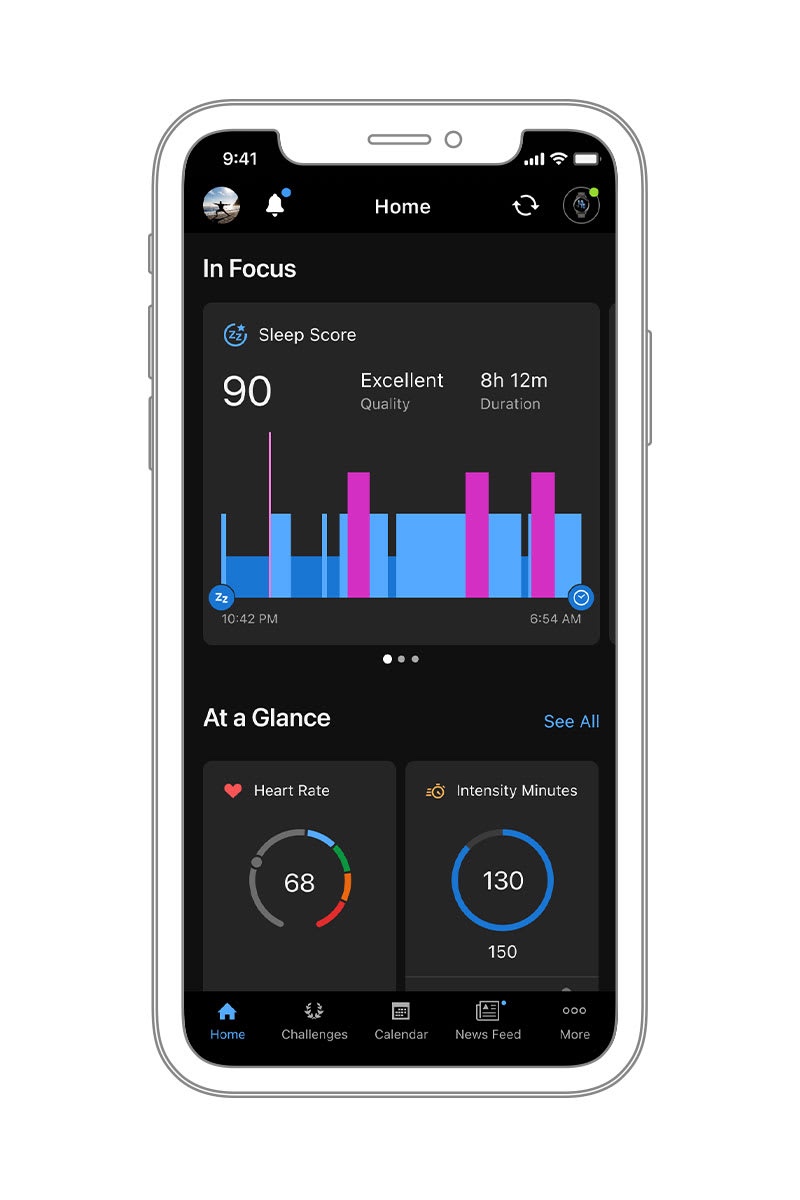
What Others Say
The Verge highlights its all-night, distraction-free design and full recovery insight integration.
Reddit user reactions:
“Heart rate. HRV status. Smart wake alarm. Skin Temperature. Pulse ox sensor. Body battery energy monitoring.

FAQ
• Is it standalone without a Garmin watch?
Yes—complete data is captured in the Connect app, no watch needed.
• Is it a medical device?
No—it’s wellness-grade. Not intended for diagnosis or contraception guidance.
• Can it track naps?
Yes—but smart alarm may misinterpret nap timing and light phases.
• Smart alarm reliability?
Begins vibration only during a light-sleep window; expected to be as reliable as smartwatch versions.
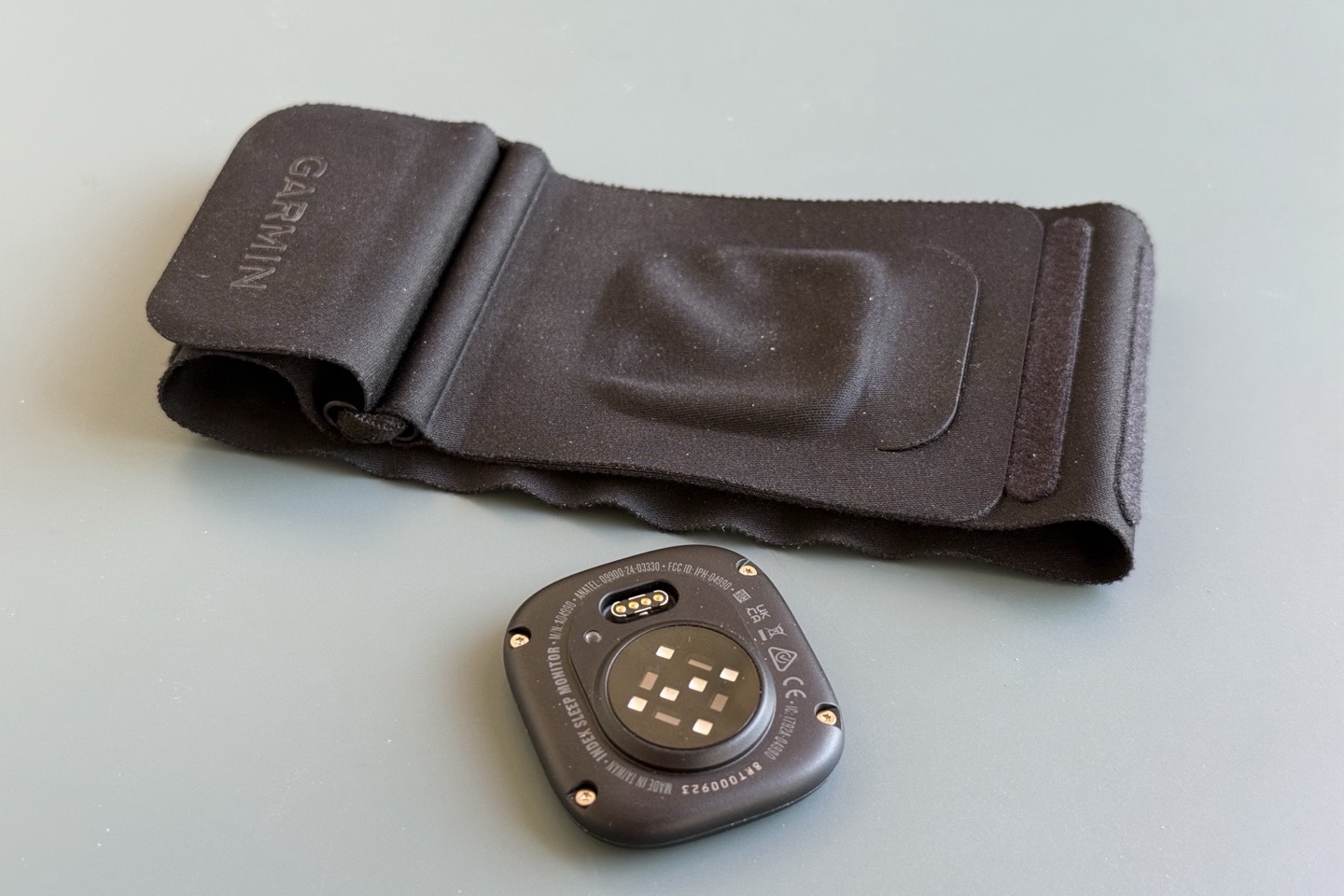
Final Verdict – 4.5/5
Strengths:
• Distraction-free, comfort-first design
• Rich nightly metrics including skin temp and respiration
• Excellent battery life and washability
• Seamless Garmin ecosystem integration
Limitations:
• Daytime tracking requires a watch
• Manual sync may feel redundant
• Costly for a dedicated sleep device
Ideal for: Garmin athletes and wellness users wanting ultra-comfortable, in-depth overnight tracking.
Pass on it if: You want one device for all-day tracking or already wear a Garmin smartwatch to bed.







